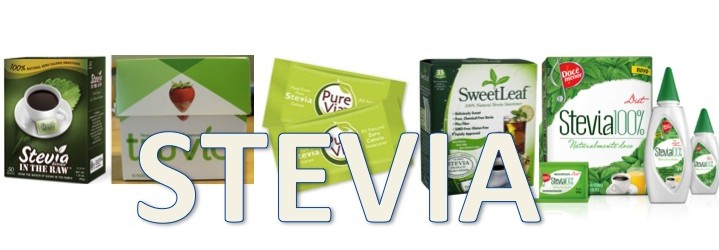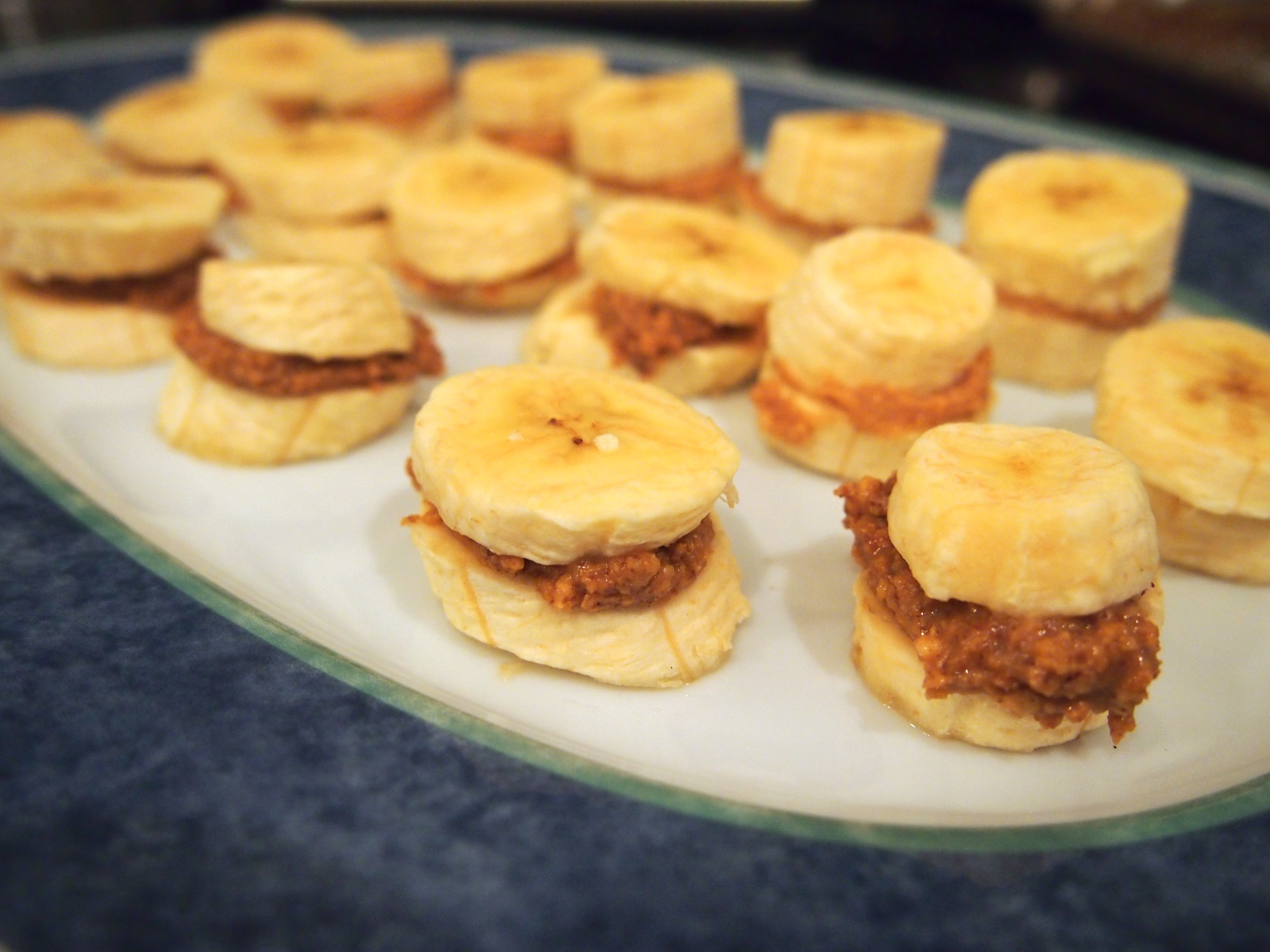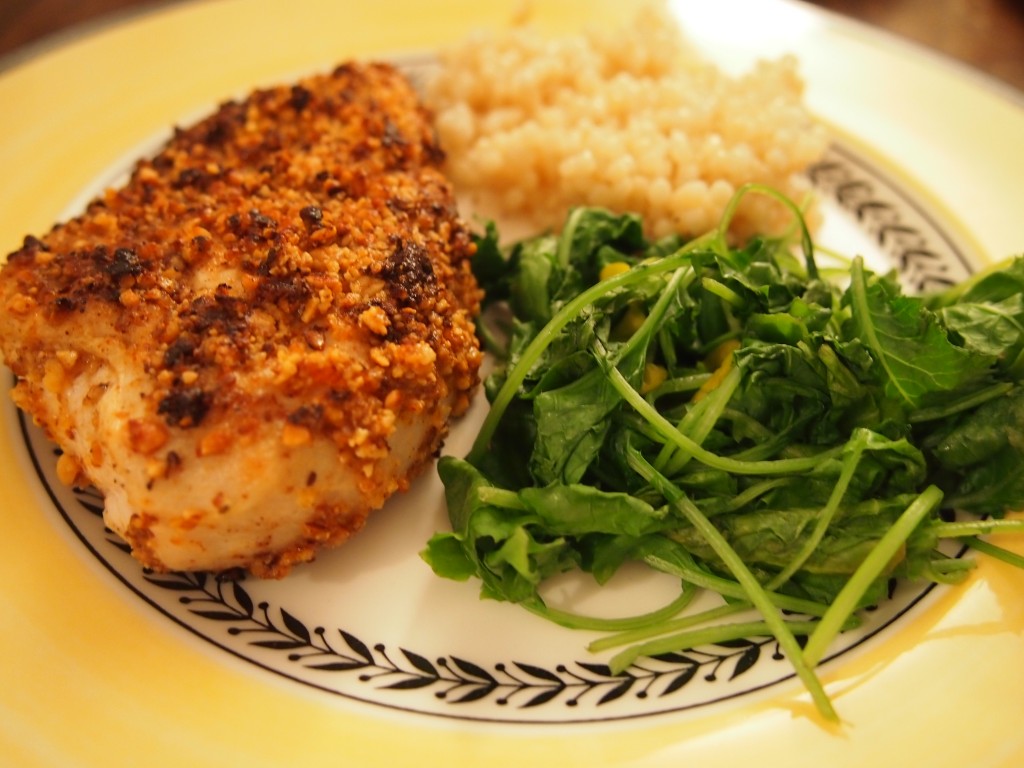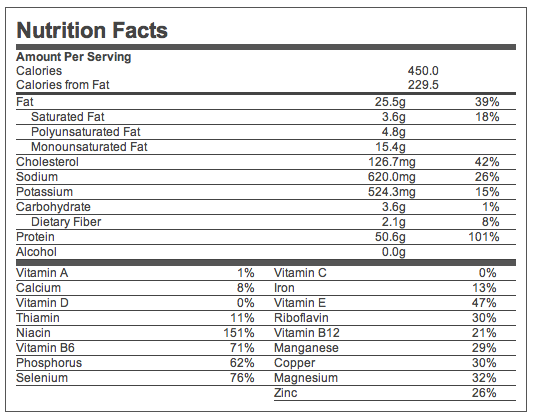“I love stevia and use it daily in my tea…. Is this a product you recommend to patients?”
– Diane, Orlando, Florida

Great question. So what is the deal with stevia? It’s marketed as a “natural”, zero-calorie sweetener and is derived from the yerba dulce shrub grown in Brazil, Southeast Asia and Paraguay. The two main sweet tasting components of stevia are rebaudioside A (rebiana aka reb A) and stevioside, which are about 200 times sweeter than sugar. So being that stevia is derived from a plant, it must be the ultimate sugar substitute, right? Well…not so fast….
How is it made?
To produce reb A commercially, stevia plants are put through a water extraction process and dried. The resulting extract contains about 50% reb A. In order to completely isolate the reb A, ethanol or methanol are used as a solvent to allow separation through crystallization. Keep in mind that this process creates a very concentrated product, which means that it is no longer in its original and natural form.
How is it calorie-free?
In the digestive tract, reb A is metabolized and broken down into stevioside. The stevioside is then further broken down into glucose and steviol. The glucose released in this process is used by bacteria in the colon, preventing it from being absorbed into the blood stream (for this reason the product also has negligible effects on blood sugar). Steviol cannot be further digested and is passed from the digestive system in urine or feces. Because the breakdown products are not absorbed, reb A and stevioside do not contribute any calories.
What does the research say?
- High dosages of reb A fed to rats reduced sperm production and increased cell proliferation in their testicles; however, another study using rats and humans demonstrated lack of reproductive toxicity.
- Pregnant hamsters that had been fed large amounts of steviol (a stevioside derivative) had fewer and smaller offspring.
- In the laboratory, steviol can be converted into a mutagenic compound – if cell DNA becomes mutagenic, cancer may ensue.
Overall, strong randomized, controlled trials are lacking and more research is needed.
Did you know?
- Traditionally, Guarani Indians in Paraguay consumed stevia leaf extracts as an oral contraceptive.
- In 2008, stevia was deemed GRAS (generally recognized as safe); if an ingredient is GRAS, it can be used without a pre-market review or FDA approval.
The 2 biggest brands on the market are TruVia & PureVia. Notice that these products are not simply crude stevia; they include preservatives, sugar alcohols, sweeteners and “natural flavors.”
|
Company
|
Ingredients
|
Associated Products
|
|
TruVia
|
Coca-Cola Company & Cargill
|
Erythritol, Stevia leaf extract, natural flavors* |
Vitamin Water, Sprite Green, All Sport Naturally Zero, Blue Sky Free, Crystal Light Pure, Zevia soda, and some varieties of Odwalla juices |
|
PureVia
|
PepsiCo
|
Stevia extract, dextrose, cellulose powder, natural flavors* |
SoBe Lifewater, Trop50, Gatorade G2 |
* Hundreds of different chemicals can be used to produce “natural flavors.” Because companies are not required to identity these artificial (and natural) flavorings, there is no way of knowing exactly what ingredients are being used. Comforting, huh?
What’s the takeaway?
Using stevia sparingly is more than likely OK, but the truth is, we just don’t know enough. More comprehensive research is most certainly needed. If you do choose to use stevia, opt for pure stevia plant extract as opposed to products that contain other additives and colorings (like TruVia & PureVia). The World Health Organization’s Joint Experts Committee on Food Additives has approved an acceptable daily intake of steviol glycoside (stevioside or reb A) of up to 4 mg per Kilogram of body weight. This equates to 2-3 packets containing ~100mg of Stevia (see individual packaging for exact amounts) for a person who weighs 150lbs.
It’s important to be your own detective and do research before consuming a new product, especially since we know product marketing can be deceiving. And just because it’s labeled “natural” doesn’t mean it’s safe or void of other unnatural additives. Always look at the facts and make educated decisions on what you decide to put in your body.
Looking for an alternative to stevia to sweeten your tea? I love good old-fashioned, natural honey. One teaspoon will only run you about 21 calories + 6 grams of carbohydrates and it’s packed with antioxidants, antiseptic and antibacterial properties, not to mention a handful of enzymes, amino acids, vitamins and minerals.
We will touch on the topic of natural and artificial sweeteners more in the future!
In good health,
Melissa
P.S. Please send in your questions to Melissa@chickpeasandchocolate.com and they may be selected for a future post!
Resources:
Carakostas, M. C., Curry, L. L., Boileau, A. C., & Brusick, D. J. (2008). Overview: the history, technical function and safety of rebaudioside A, a naturally occurring steviol glycoside, for use in food and beverages. Food and Chemical Toxicology, 46(7), S1-S10.
Curry, L.L, Roberts, A., Brown, N. (2008). Subchronic toxicity of rebaudioside A. Food Chem. Toxicol., 46 (7), S11-S20.
Schardt, David. (2008). Stevia: Sweet, but How Safe? Center for Science in the Public Interest, Nutrition Action Healthletter. Retrieved from: http://cspinet.org/new/pdf/stevia_update.pdf
Unknown Author. (2008). Lab Tests Point to Problems with Trendy New Stevia Sweetener. Center for Science in the Public Interest, Nutrition Action Healthletter. Retrieved from http://www.cspinet.org/new/200808281.html



